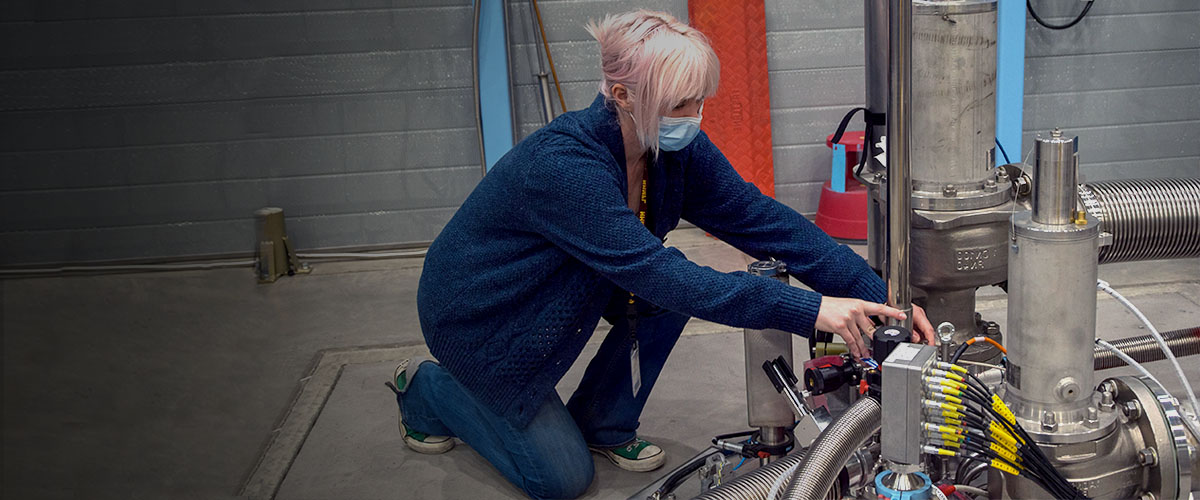
The strongest, quietest steady and slowly varying magnetic fields in the world.
Home to 14 magnets, powered by 56 megawatts and spanning more than 15,000 square feet, the DC Field Facility offers researchers the unparalleled combination of the strongest, quietest magnetic fields in the world, coupled with state-of-the-art instrumentation and experimental expertise.
The research is supported by magnet plant and cryogenic system operators and technicians who design, build and repair instruments for user research. More than two dozen world-class research faculty work directly with users to get the best measurements and data.
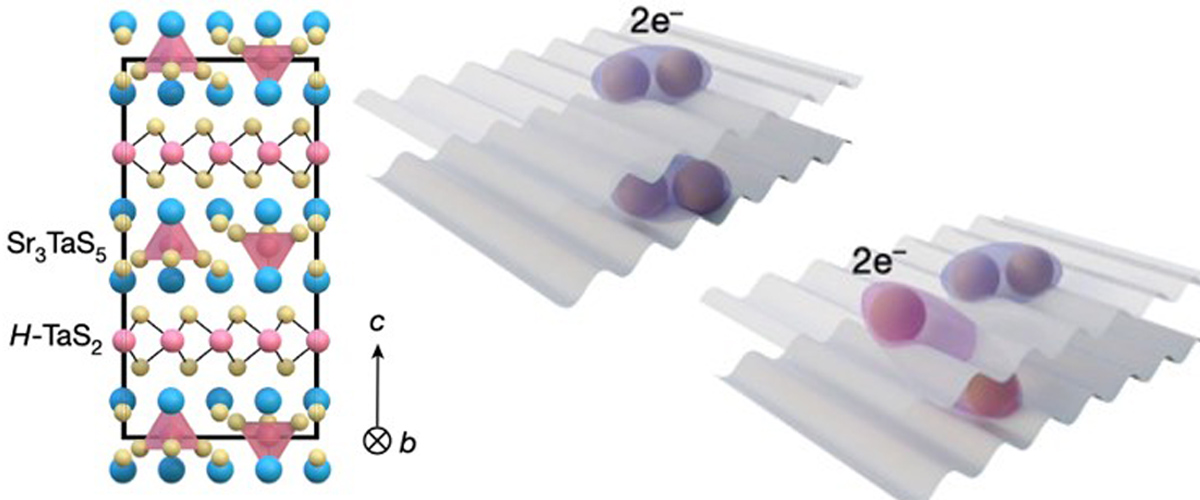
Devarakonda, A., Chen, A., Graf, D., Kriener, M., Akey, A.J., Bell, D.C., Suzuki, T., Nature (2024)
Read the Science Highlight or check out the full publication online.
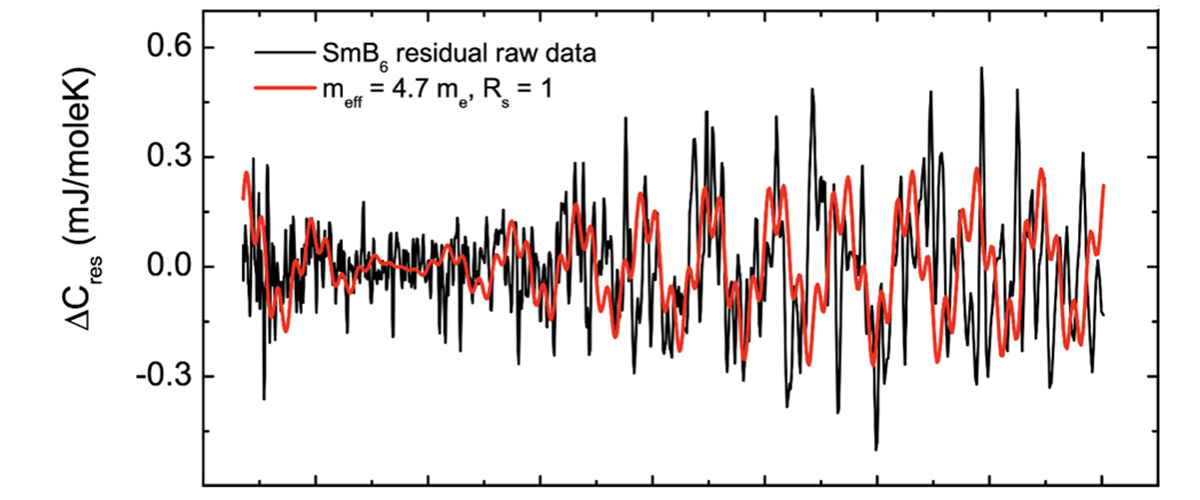
LaBarre, P.G.; Rydh, A.; Palmer-Fortune, J.; Frothingham, J.A.; Hannahs, S.T.; Ramirez, A.P.; Fortune, N.A., Journal of Physics-Condensed Matter, 34 (36), 36LT01 (2022)
Read the Science Highlight or check out the full publication online.
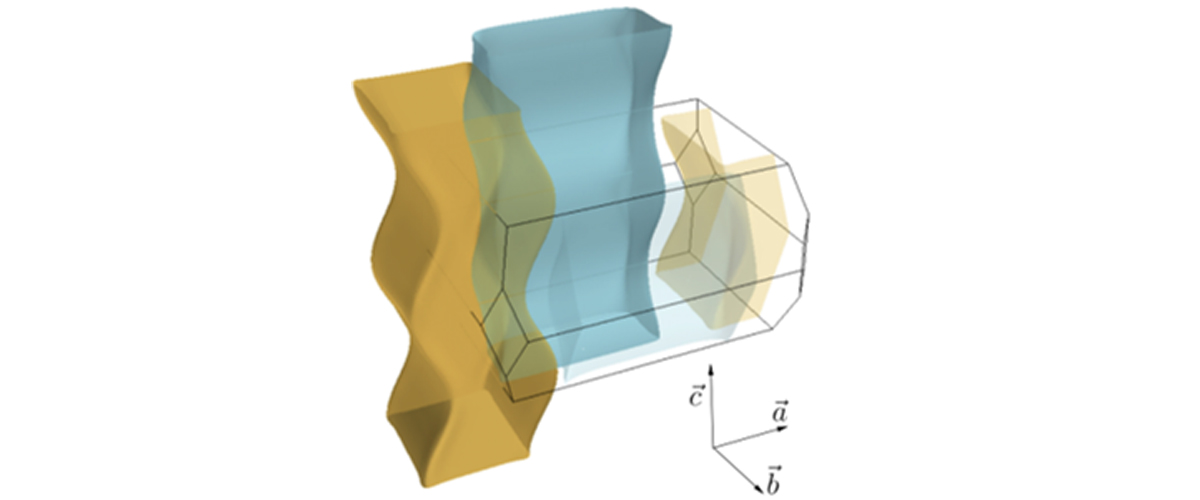
Eaton, A.G.; Weinberger, T.I.; Popiel, N.J.; Wu, Z.; Hickey, A.J.; Cabala, A.; Pospisil, J.; Prokleska, J.; Haidamak, T.; Bastien, G.; Opletal, P.; Sakai, H.; Haga, Y.; Nowell, R.; Benjamin, S.M.; Sechovský, V.; Lonzarich, G.G.; Grosche, F.M.; Valiska, M., Nature Communications, 15, 223 (2024)
Read the Science Highlight or check out the full publication online.
Our magnets are open to all scientists - for free - via a competitive process and we accept proposals through out the year.
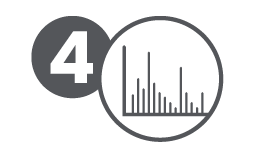
After your work is completed, you are asked to report to the laboratory, in a timely manner.
Note: Review the email sent by DC Field Coordinator, sent approximately one week prior to your magnet time for schedule information, user badge/key pick-up instructions.
Note: The schedule is subject to changes due to holidays or maintenance.
Shift Schedule
Mondays
Maintenance 06:30-16:00
Morning shift (AM) 16:30-20:00
Evening shift (PM) 20:15-23:45
Tuesdays-Fridays:
Morning shift (AM) 06:30-16:00
Evening shift (PM) 16:30-02:30
Magnet Time Request Deadlines
Facility Director
For information regarding the facility's capabilities and experiment support.
Scientific Instrumentation and Operations
For information regarding instrumentation, measurements and facilities.
Fellow users who are experts on the use of DC Field Facility are also available to answer questions.